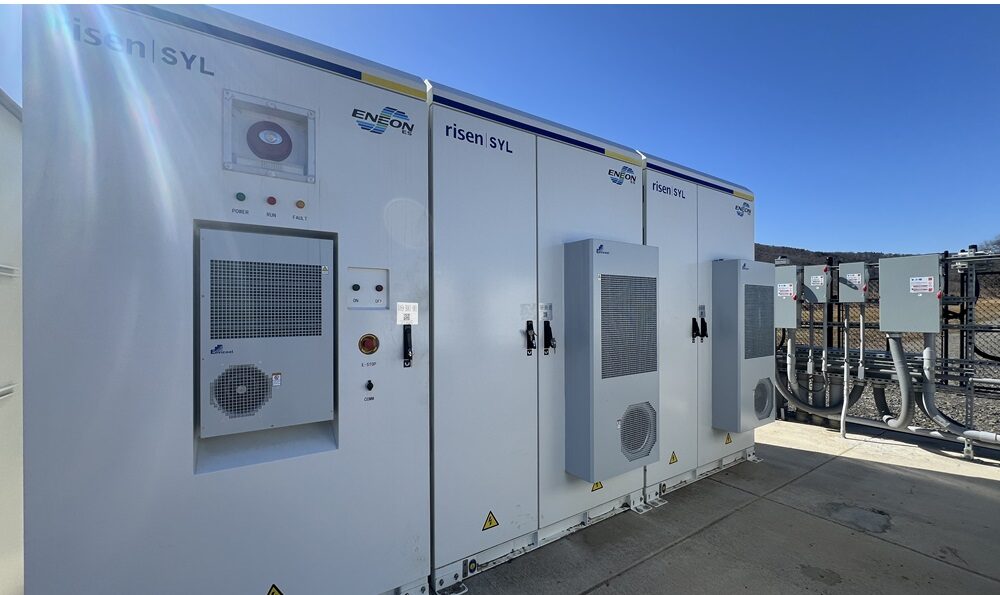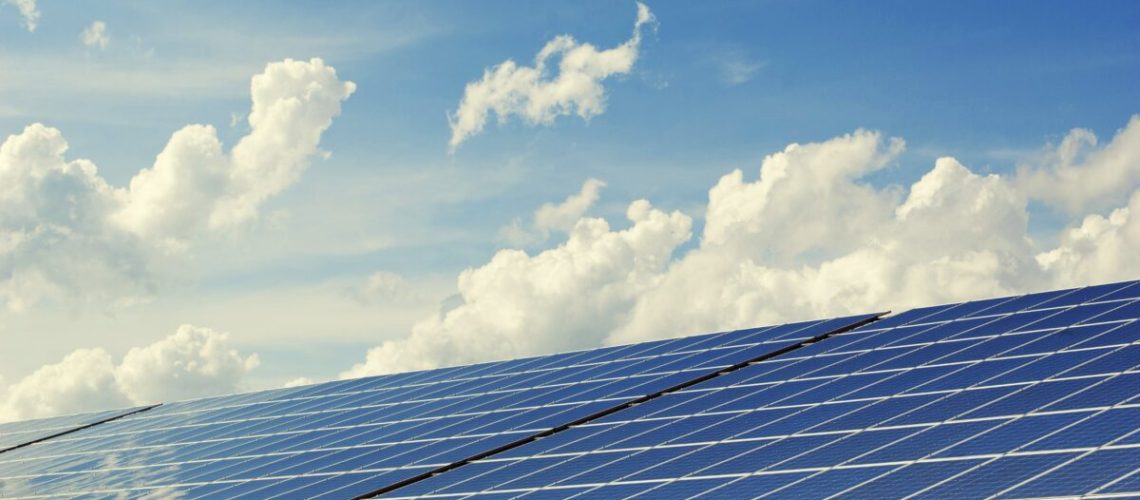The International Renewable Energy Agency shared that in 2010, solar was four times as expensive as the lowest-cost fossil fuel. Today, generating electricity from solar is less than half as expensive as the lowest-cost fossil alternative.
Solar has taken center stage in global energy development as costs have precipitously fallen to record lows. The International Renewable Energy Agency (IRENA) reported data through 2023, noting that solar levelized cost of electricity (LCOE) has fallen 90% since 2010.
LCOE is a critical measure of cost-efficiency of generation sources across technology types. The metric is based on lifetime costs divided by energy production, and calculates the present value of the total cost of building and operating a power plant over an assumed lifetime.
“The most dramatic decline has been seen for solar PV generation; the LCOE of solar PV was 56% less than the weighted average fossil fuel-fired alternatives in 2023, having been 414% more expensive in 2010,” said IRENA.
Solar LCOE costs globally have declined from $0.460 per kWh to $0.044 per kWh. In 2023, the year-on-year reduction was 12%. Solar PV capacity grew 35-fold between 2010 and 2023, with over 1.4 TW installed through 2023.
Capacity factor, or the amount of maximum available electricity generation that is actually produced, has improved from about 13.8% to around 17%, reported IRENA. This improvement can be attributed to increased solar panel efficiency, improved racking, tracking, and monitoring, and other operational efficiencies.
“Various factors are expected to continue to increase solar PV technology’s competitiveness in the longer term. These include: continued improvement in the equipment efficiency of the installed production capacity; manufacturing optimization by the implementation of lean processes; more efficient use of materials; and design innovation. These are expected to more than offset the recent temporary cost increase,” said IRENA.
Contributions to cost declines in installed utility-scale solar projects can mostly be attributed to lowered module and inverter costs. Globally, 67% of the cost declines from 2010 to 2016 was attributed to declining costs in those two components. From 2016 through 2023, solar module and inverter cost declines represented 37% of the cost reduction of a complete utility-scale solar installation.
Operations and maintenance costs have also fallen. In the United States, median O&M costs for utility-scale plants declined 74% between 2011 and 2022, from $42.3 per kW annually to $11.2 per kW per year annually.
“Recent costs in the United States are dominated by preventive maintenance and insurance, with these making up 59% to 62% of the total, depending on the system type and configuration,” said IRENA.
New solar installations totaled 346 GW in 2023, growing 73% over 2022 totals and representing the largest year-on-year increase since 2011. Solar has held the largest share of new renewable energy capacity developed each year since 2016.
IRENA reported battery storage annual capacity additions increased from 0.1 GWh gross capacity in 2010 to
95.9 GWh gross capacity in 2023. Between 2010 and 2023, the costs of battery storage projects declined 89%, from $2,511 per kWh to $273 per kWh.
Popular content




